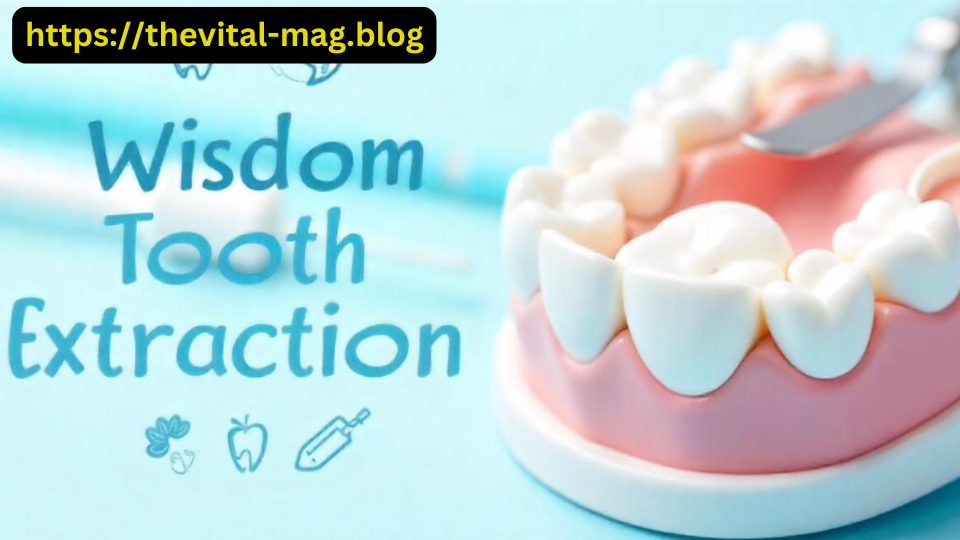Tooth Extraction Infection: Prevention & Treatment

The aftermath of a tooth extraction can be a vulnerable time for the body, as the exposed gum and bone are susceptible to infection. Tooth extraction infection, also known as alveolar osteitis, can lead to severe pain, delayed healing, and potentially life-threatening complications if left untreated. In this comprehensive guide, we will delve into the prevention and treatment of tooth extraction infections, exploring the causes, symptoms, and latest medical approaches to ensure a smooth recovery.
Understanding Tooth Extraction Infection
Tooth extraction infection occurs when bacteria invade the extraction site, leading to inflammation and infection of the surrounding tissue. This can happen due to various factors, including:
- Poor oral hygiene
- Contaminated extraction site
- Weakened immune system
- Pre-existing medical conditions, such as diabetes or osteoporosis
- Smoking or tobacco use
Causes of Tooth Extraction Infection
Research has identified several key factors that contribute to the development of tooth extraction infections. These include:
- Bacterial contamination: The introduction of bacteria into the extraction site can lead to infection. This can occur through various means, such as touching the extraction site with unclean hands or using contaminated instruments during the procedure.
- Insufficient wound closure: If the wound is not properly closed, bacteria can enter the site and cause infection.
- Poor blood supply: Adequate blood supply is essential for healing. If the blood supply is compromised, the risk of infection increases.
- Systemic conditions: Certain medical conditions, such as diabetes or osteoporosis, can impair the body’s ability to heal and increase the risk of infection.
Symptoms of Tooth Extraction Infection
Identifying the symptoms of tooth extraction infection is crucial for prompt treatment. Common symptoms include:
- Severe pain or throbbing at the extraction site
- Swelling, redness, or inflammation of the surrounding tissue
- Pus or discharge from the extraction site
- Fever or chills
- Bad taste or odor in the mouth
- Difficulty swallowing or opening the mouth
Prevention of Tooth Extraction Infection
Preventing tooth extraction infection requires a combination of proper oral hygiene, wound care, and medical intervention. The following measures can help reduce the risk of infection:
- Maintain good oral hygiene: Brushing and flossing regularly can help prevent bacterial buildup and reduce the risk of infection.
- Use antibacterial mouthwash: Rinsing with antibacterial mouthwash can help kill bacteria and reduce the risk of infection.
- Take antibiotics as prescribed: If prescribed by your dentist or doctor, take antibiotics as directed to help prevent infection.
- Avoid smoking and tobacco use: Smoking and tobacco use can impair healing and increase the risk of infection.
- Follow post-extraction instructions: Follow your dentist or doctor’s instructions for post-extraction care, including eating soft foods, avoiding strenuous activities, and taking pain medication as directed.
Treatment of Tooth Extraction Infection
If you suspect you have a tooth extraction infection, seek medical attention immediately. Treatment typically involves:
- Antibiotics: Prescribed antibiotics can help eliminate the infection and prevent further complications.
- Pain management: Over-the-counter or prescription pain medication can help manage pain and discomfort.
- Debridement: Your dentist or doctor may need to remove any dead tissue or debris from the extraction site to promote healing.
- Wound care: Proper wound care, including cleaning and dressing the site, can help prevent further infection and promote healing.
- Follow-up appointments: Regular follow-up appointments with your dentist or doctor can help monitor healing and ensure the infection is fully resolved.
What are the most common causes of tooth extraction infection?
+The most common causes of tooth extraction infection include bacterial contamination, insufficient wound closure, poor blood supply, and systemic conditions such as diabetes or osteoporosis.
How can I prevent tooth extraction infection?
+To prevent tooth extraction infection, maintain good oral hygiene, use antibacterial mouthwash, take antibiotics as prescribed, avoid smoking and tobacco use, and follow post-extraction instructions.
What are the symptoms of tooth extraction infection?
+Common symptoms of tooth extraction infection include severe pain or throbbing, swelling, redness, or inflammation, pus or discharge, fever or chills, bad taste or odor, and difficulty swallowing or opening the mouth.
Conclusion
Tooth extraction infection is a serious complication that can arise after a tooth extraction procedure. Understanding the causes, symptoms, and prevention methods can help reduce the risk of infection. If you suspect you have a tooth extraction infection, seek medical attention immediately to ensure prompt treatment and prevent further complications. By following proper oral hygiene, wound care, and medical intervention, you can promote healing and reduce the risk of infection. Remember, a healthy smile is just a step away with proper care and attention.
Additional Resources
For more information on tooth extraction infection, prevention, and treatment, consult the following resources:
- American Dental Association (ADA)
- Centers for Disease Control and Prevention (CDC)
- Mayo Clinic
- National Institute of Dental and Craniofacial Research (NIDCR)
By staying informed and taking proactive steps, you can ensure a smooth recovery and maintain optimal oral health.


